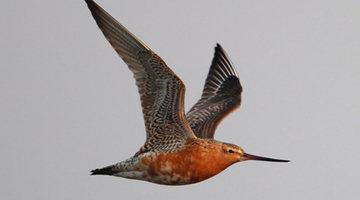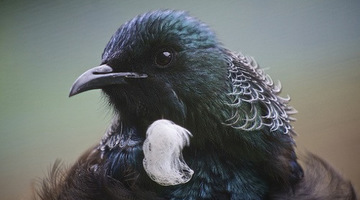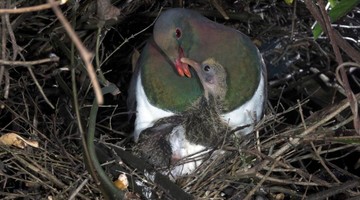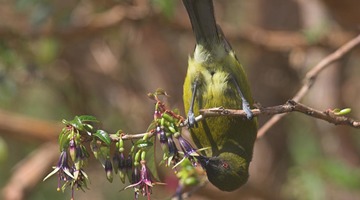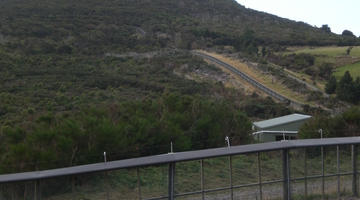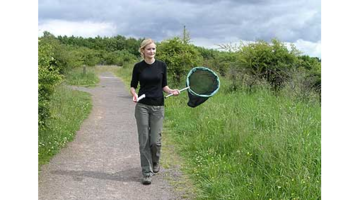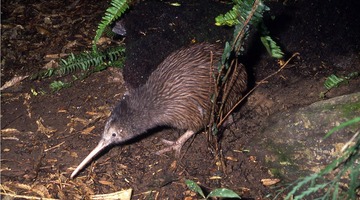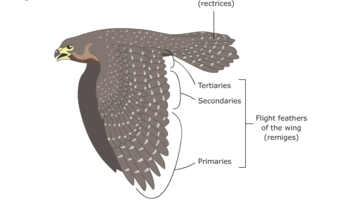Click to add note
Click to add note
This article from Connected can be engaged with so that not only are literacy skills developed but this article offers suggestions on ways that teachers can work to draw out the science skill development.
Also the identification chart will be a great tool to have handy to help students become closer observers in their local environment.
This is a link to a Connected journal article and is great to use for shared reading. This could also be a launch point for students to start listening for birds around school and perhaps with the support of a website that has bird song recordings they could begin to identify the birds by their songs.
Click to add note
Click to add note
This article introduces some important big ideas about birds and their ecosystem connections. Ideas include: food webs, mutualism and pollination. these ideas all add detail to the interconnections that exist between the different inhabitants of our ecosystems, native and introduced.
Students need to understand the challenges for our native birds if they are to be inspired to make a difference. This images along in this article could be used for students to make predictions about what the article might be focused on as well as identifying potentially specific details that the article raises. This will support students reading as well as their understanding of the challenges for our unique bird populations.
To encourage students to identify the main ideas in this text, students could design a poster that highlights the range of ways our native birds can be protected. Contacting Forest and Bird could offer opportunities to think about how students could support native birds in the local area.
This is a great video- only just over 3 minutes long but offers a lot of opportunities for students to inquire further. One approach could be to use the I notice, I think, I wonder framework. What questions did this video prompt in your students? Could students indeed start a silvereye appreciation society?
Click to add note
Developing bilingual signage in the classroom is a great way to increase the reo in your class. Students could be challenged to give the bird's name in response to teacher questions before being released from class.
Using this image, students could develop observations and then begin inferring whether this bird is feeding here and what data from the image supports that inference. Then you could explore the birds and beaks exercise in the Assessment Resource Banks for some follow-up activities.
Accessing citizen science opportunities can be incredibly powerful educational moments depending on how they are used and the type of activity. Are students just collecting data or do they have to do something with it and what thinking and understanding might it provide.
Introducing this sign at the beginning of the year and asking students to watch out for bird signs around Aotearoa New Zealand could be the beginning of a great collection. I have seen signs for kiwi, penguins, pūkeko. What others are out there?
Click to add note
Images like these can be used for students to identify what sorts of feathers they can see and whether the types and arrangement are the same on different species.
Click to add note
Click to add note
Click to add note
Click to add note
Click to add note
Some close observation of this diagram could be followed up by looking at some photographs to identify the types of feathers seen.
If you use images like this, be sure to grab the opportunity to unpack the features of the representation. The use of the 'spotlight' shape to show a close-up is often assumed to be understood, but is worth making explicit through a very quick discussion.
Click to add note
Click to add note
Click to add note
Tracking tunnels are great fun. check out making a tracking tunnel and you could be helping your local birds too.
This image highlights changing attitudes to endangered species and would be a good launch point for examining changing attitudes and what were the drivers behind the actions of early explorers and potential scientists like these two.
Misinformation about 1080 abounds. Support your students to read this article to appreciate the challenges that exist in developing effective conservation strategies and the decision making process that is involved.
There a number of links that can be explored to support student understanding of the need to be informed in order to make good decisions.

